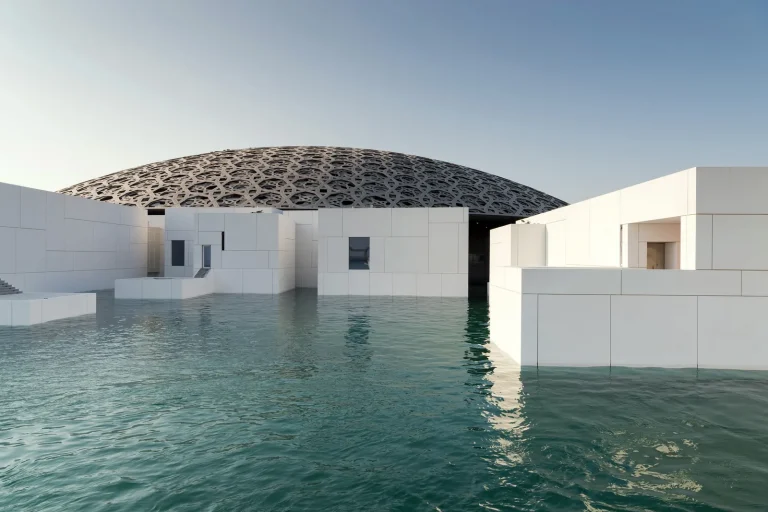The constraints listed below are essential to great architectural design and aid in project focus.
1. THE CLIENT/ARCHITECT RELATIONSHIP
The constraints listed below are essential to great architectural design and aid in project focus. Initially, the Client will choose an architect based on a referral from a reliable friend or coworker, the architect’s portfolio, reviews, or having met the architect and getting a positive feeling. The client should set reasonable expectations and enter the relationship with a clear understanding of their goals. They ought to have confidence in the expert they are hiring. In order to accomplish the objectives of the Clients, mutual trust on both sides is essential.
2. THE ARCHITECTURAL PROGRAM
The program serves as a guide for creating a fantastic design. It should list specific qualities that improve the objective’s quality as well as the project’s overall objective.
3. THE BUILDING SITE
The location is crucial to a project’s success. A good site accomplishes the client’s objectives on several levels. Although it may not always be simple to express, it must make the client yearn. The site needs to be thoroughly examined in a feasibility study where all factors, such as zoning, access, environmental, and geologic characteristics, are evaluated and compared to the project’s intended results.
4. THE ARCHITECTURAL TEAM
Among the last generalists are architects. They come up with the overall concept, but to bring a concept to life, they rely on a team of engineers, designers, such as landscape architects and interior rendering service, and contractors. Early team development results in time and cost savings as well as the best results.
5. COMMUNICATION BETWEEN CLIENT AND ARCHITECT
The foundation of a solid partnership is clear communication between the client and the architect. A project’s success also depends on the team’s ability to communicate with one another. Coordinating communication between the client and the team is the Architect’s duty.
6. THE JURISDICTION AND BUILDING CODES
Today, no structure is constructed without a construction permit. Understanding what is permitted and what is not is essential. Land use, civil and environmental engineering, life safety regulations, and energy needs are all covered by a building permit. Understanding the nuances of the codes and the limitations they imply is the architect’s responsibility. However, they shouldn’t serve as the sole criterion for judging an.
7. THE MONEY SPENT ON THE PROJECT
A client’s budgetary expectations must be reasonable. Costs both hard and soft are included. The actual costs of building are known as “hard costs.” These expenses cover moving the job site so that the final coat of paint may be applied. Soft costs are the fees and services needed to plan, get a permit, and.
Professional fees, permit costs, loan fees, etc. are some of them. Soft costs vary by geography and project type, but they are often quite steady.
Construction prices vary widely and are affected by a wide range of factors, but the general contractor is ultimately responsible. The Architect should be aware of what is more or less expensive even though she has no control over hard costs.
8. THE ARCHITECTURAL TRENDS
Numerous factors determine the trends influencing design and construction at any particular period, including Aesthetics; advancements in building methods; cultural changes; climate change, and lowering environmental implications, etc. As trends change, good architects can distinguish between those that are fads and those that are solid long-lasting trends.
9. THE ARCHITECTURAL WORK
As they say, 90% of great architectural designs are the result of labor and 10% of inspiration. Good architecture requires effort and patience. It takes time to simmer and coalesce rather than being born in a fit of maniacal passion.
10. THE TEST OF TIME
A truly outstanding architectural design endures over time. Contact Ectypos right away if you’re prepared to begin working on your upcoming major project!

